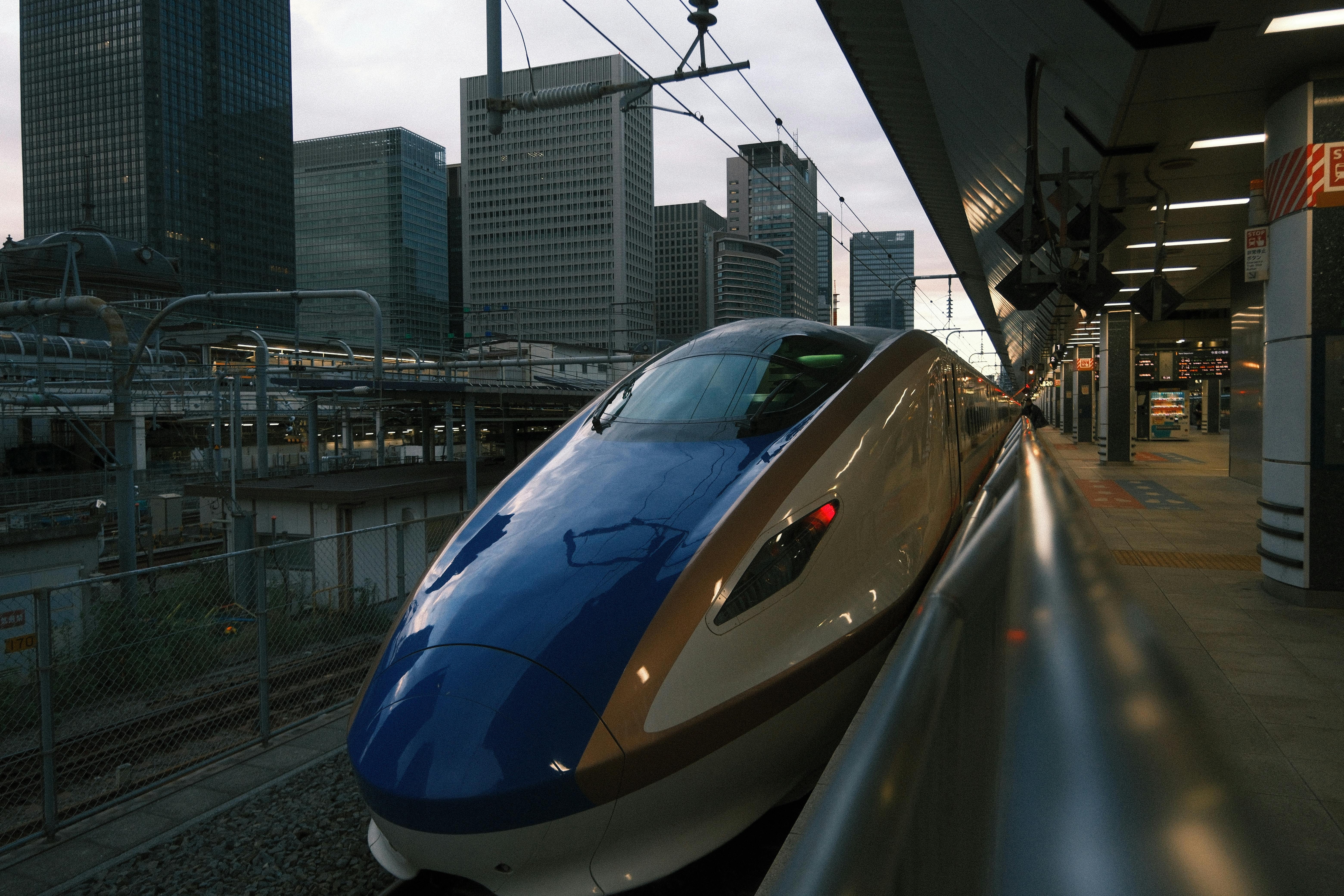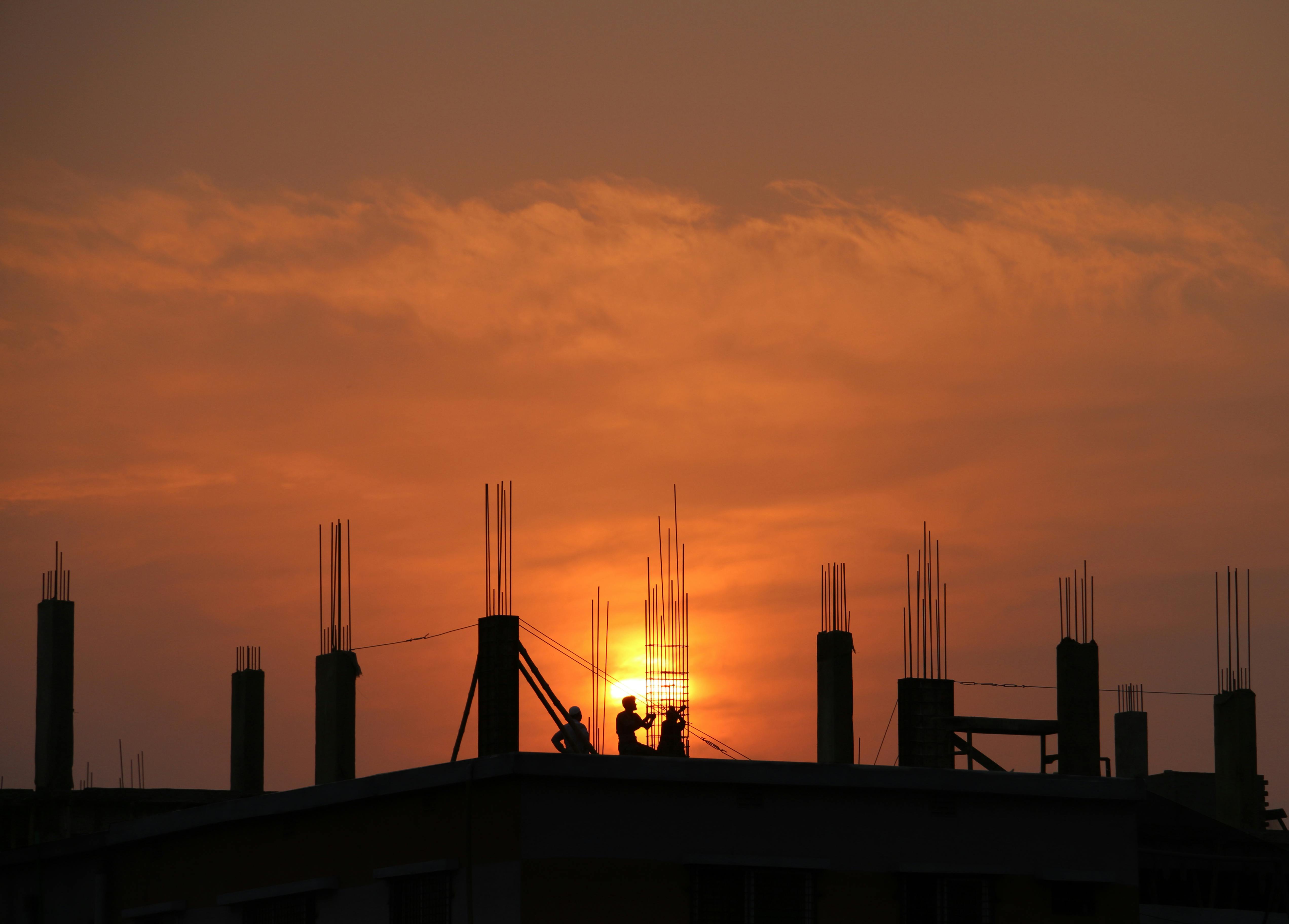India is on the brink of a revolutionary transformation in its transportation sector with the launch of its first bullet train. The Mumbai-Ahmedabad High-Speed Rail (MAHSR) project symbolizes a significant step forward, marking India’s entry into the elite club of countries operating high-speed rail networks. This article explores the journey of the first bullet train in India, its design, technology, and the broader impact of the bullet train plan in India.
The Mumbai-Ahmedabad High-Speed Rail Corridor
The first bullet train in India will run on the 508-kilometer Mumbai-Ahmedabad High-Speed Rail corridor. Powered by Japan’s Shinkansen technology, this project promises a top speed of 320 km/h, reducing travel time between Mumbai and Ahmedabad from eight hours to just two hours.
Key Features of India’s First Bullet Train
- Speed and Capacity:
- Top speed: 320 km/h.
- Seating capacity: Approximately 750 passengers per train.
- State-of-the-Art Stations:
- The route will feature 12 stations, including prominent stops like Surat, Vadodara, and Sabarmati.
- Advanced Technology:
- Leveraging Japan’s Shinkansen system, known for its safety, precision, and reliability.
Bullet Train Plan in India: Ambitions and Objectives
The launch of the Mumbai-Ahmedabad bullet train is part of a larger bullet train plan in India, aiming to create a network of high-speed rail corridors across the country. These include:
- Delhi-Varanasi Corridor
- Mumbai-Nagpur Corridor
- Delhi-Ahmedabad Corridor
- Chennai-Bengaluru-Mysuru Corridor
This vision is encapsulated in the government’s Diamond Quadrilateral initiative, designed to connect major metropolitan regions with high-speed rail.
Is the Bullet Train Made in India?
While the first bullet train in India heavily relies on Japanese technology, steps are being taken to indigenize production. Collaborations with Indian manufacturers for components like tracks, bridges, and signaling systems are already underway. This approach ensures technology transfer and skill development, paving the way for future bullet train made in India projects.
The Bullet Train Model in India
The inaugural bullet train’s model is based on Japan’s E5 Series Shinkansen, tailored to Indian conditions. Key adaptations include:
- Enhanced braking systems for safety.
- Modifications to withstand India’s diverse climate conditions.
- Spacious seating and luggage facilities to suit passenger preferences.
Funding and Execution
The project’s estimated cost is ₹1.1 lakh crore, with 81% financed by a soft loan from the Japan International Cooperation Agency (JICA). This funding comes with a low-interest rate of 0.1% and a 50-year repayment period. The remaining costs are shared by the Indian government and the states of Maharashtra and Gujarat.
Proposed Bullet Train in India: Challenges and Opportunities
The proposed bullet train in India brings a mix of opportunities and challenges:
Opportunities:
- Economic Boost:
- Job creation in construction, engineering, and manufacturing.
- Enhanced trade and tourism between connected cities.
- Sustainability:
- Reduced carbon emissions compared to traditional rail and air travel.
- Technological Advancement:
- Knowledge transfer from Japan’s expertise in high-speed rail systems.
Challenges:
- Land Acquisition:
- Procuring land for the 508-kilometer route has faced resistance in some areas.
- Cost Overruns:
- Delays due to the COVID-19 pandemic and administrative hurdles have impacted the budget.
- Public Perception:
- Concerns over prioritizing high-speed rail over improvements in existing rail infrastructure.
Timeline and Current Status
The foundation stone for the project was laid in 2017 by Prime Ministers Narendra Modi and Shinzo Abe. Construction is progressing steadily, with the first operational section in Gujarat expected to open by 2027. Full operations along the Mumbai-Ahmedabad corridor are slated for 2028.
Future Prospects
The success of the first bullet train in India will determine the trajectory of the country’s high-speed rail ambitions. If executed efficiently, this project could set the stage for the expansion of high-speed rail networks across India, transforming travel and boosting economic growth.
For Further Reading
- Detailed insights on Shinkansen technology: Japan Railway Journal
- Updates on India’s bullet train project: Ministry of Railways
- Funding details from JICA: Japan International Cooperation Agency
Conclusion
The first bullet train in India represents a bold step towards modernizing the country’s transportation infrastructure. While challenges persist, the potential economic and technological benefits make it a worthwhile investment. As India moves closer to realizing this vision, the bullet train stands as a testament to the nation’s ambition to redefine travel for its citizens.



